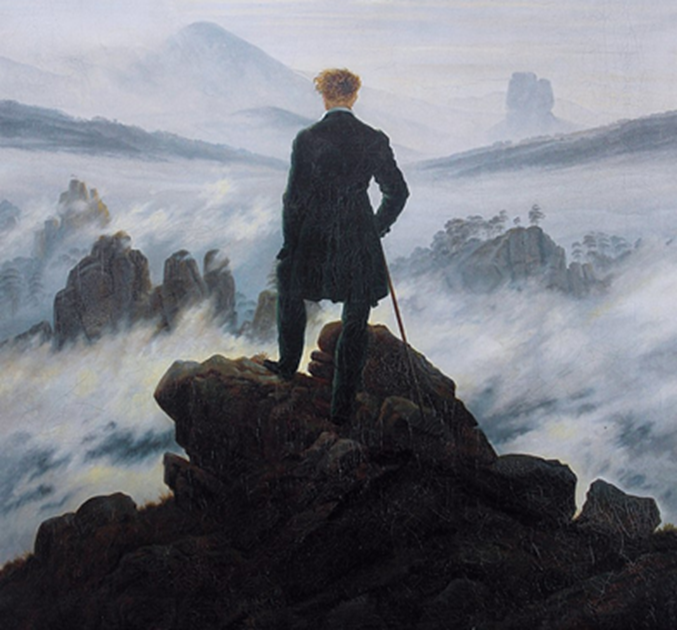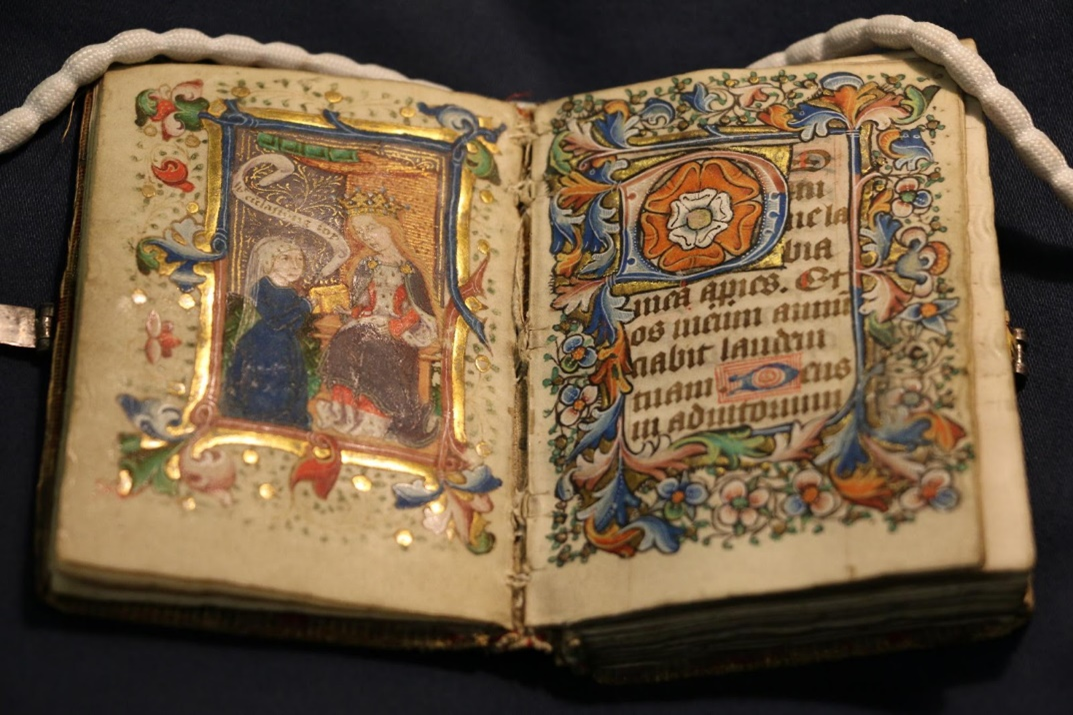What is Drawing
Drawing by Varsha Manglam, 2021
November 21, 2022
“What is Drawing - A Continuous Incompleteness” by Brian Fay is a brilliant essay that helps both experts and the representatives of the general public to understand the peculiarities and significance of drawing as a separate form of art. This essay is based on years of practical experience of its author combined with the comprehensive analysis of numerous publications researching the problem of drawing. Fay argues that this form of art transformed from a secondary preparatory process widely practiced by the artists in the past into a unique medium enabling artists to create their own narratives and express their views in a prompt and original way. This transition took place due to such attributive features of drawing as intermediacy, contingency, uniqueness, and continuous incompleteness. These features turned out to be especially important in recent decades when more attention is paid to the originality of a certain product. It is also necessary to point out that the essay contains numerous illustrations helping the author to convey his ideas and to persuade readers more effectively. The combination of the mentioned features makes the analyzed essay a valuable source of information that can be recommended to any person interested in the development of art.
Burke, Edmund (1757) A Philosophical Enquiry into the Origin of our ideas of the Sublime and Beautiful

Painting by, Caspar David Friedrich The Wanderer above the Sea of Fog, 1818
April 21, 2020
Burke writes about the physiological effects of the sublime, the dual emotional quality of fear and attraction. Burke claims that things that moves us are beautiful others are sublime. But the sublime moves us more profoundly than the beautiful. He observed that beautiful objects tend to be well-formed and aesthetically pleasing, smooth, delicate, and attractive. Sublime ones are vast gloomy dark threatening which has the power to compel and destroy us. For example, a Bluebell or a Doll might be beautiful. But a cliff face mountain, a thunderstorm at sea is sublime. Beautiful things present pleasurable feelings, sublime ones overwhelm us and terrifies us as it is more intense; the effect is visually but at some level paradoxically. They still delight us (Burke 2005). If we try to go near the edge of a cliff, it is frightening but we manage to find a delight in our experience despite the danger. A huge waterfall can engulf us at some level as it is part of its appeal but sheer power of the force of the running water is exhilarating.
Burke’s thought on why the sublime moves us so deeply is tied to the possibility of pain, and triggers basic feeling of self-preservation. When we experience the sublime, we exercise the nerve in our brain to save our life in a genuinely threatening situation. Delight is experienced as a result from this and by confronting the sublime object, it feels more intense than positive pleasure.
This idea of sublime also had a powerful influence on the romanticism era, the artistic movement that installed the untamed power of the natural world. [above painting]
For Burke, the sublime feeling is nice for a very strange reason, it makes us feel very insignificant. One of his examples was about storm. We feel we are nothing in the face of the violence of nature. But this helps to put things in perspective in comparison with the storm, as familiar daily irritants of life seem insignificant. This is an excellent thought, when we are small in some way, we become good and large in other dimensions. It is about egoism and pride look less impressive so we can move to more tolerant, less wrapped up in our own concerns.
It restores perspective and is a phycological manoeuvre that can benefit us in many ways and shows its utility whenever there is an excessive tendency to caught up in details of immediate situation.
This idea of Burke is valuable to focus on and see its role in life more clearly. We do not just need a sublime in a holiday or in an art gallery which are unfortunately the places we are liable to encounter it. It is something we need to build in our life daily.
Coronavirus, quarantine, and the deceleration of economy seems like a global reminder of The Sublime. .
The Illuminated Manuscript

MS6, Hours of the Gardian angel, Special collection LHU
April 21, 2020
I found ‘The book of hours’, the prayer book for everyday use, as one of the most interesting art piece I have come acoss.The book has illustrations and borders painted with expensive pigments which in those time were difficult to procure together with Gold which was added to the illustrations and colours. For this reason, the book of hours had only few illustrations. These illustrations, colours and expertise make these books an ‘object ‘that tells a story.
The visit to the library in my university and the pre recoded video on Book of hours and handling of rare books and manuscripts was very informative. In the book MS5, the illustrations can be seen with perspective of a landscape at the background and figures at the forefront though the figures were not executed very well. The border design in this book has oriental design which are very detailed, but it is not drawn in a very fine way and seems to be scattered at some places. There is a floral border surrounding the text area. It seems this book belongs to the 18th century from Paris, France and has a leather binding.
The MS6 book seems to have better quality colours as they look more vibrant; this shows that it was preserved well. This has much more beautiful borders which were fuller with attractive designs. The colours looked bright and the beautiful use of floral patterns with a lot more use of Gold compared to MS5 book. The illustrations mainly consist of figures which better painted than the MS5 book. It does not have any themed background, but the focus is on the figures. There is a lot more decoration in this book with text area surrounded with colourful delicate oriental designs. There is some English text in it which could be from 14th century, a prayer book for an English queen. This book had lot more usage of gold in the illustrations and borders that gives it a very rich look.
Other books and written objects -The Hebrew Scroll of the Law has only plain text in black. The Christian Breviary has same usage of colour text, but it is mostly black text. Small design can be seen on the side of the text but no illustrations or signifiers. In comparison to these two religious’ texts, the Koran has full page of illuminated illustration with a lot of us of gold and oriental motif design. The colours are bright which shows high quality of pigment used. The oriental design and pattern are even more delicate than what is seen in the book of hours. There are less illustrations seen here maybe due to the use of Gold and high-quality pigments which are expensive. The text in the Koran is mainly in black colour with some text in red and has a line border.
In the Koran which is a religious text, Images of living beings, human or animal, are forbidden. This is maybe because of the emphasis on the unity and singularity of God, and the prohibition against idol worship. As a result, most of the decorative art seen in the Koran is non-representational (Aitambov).